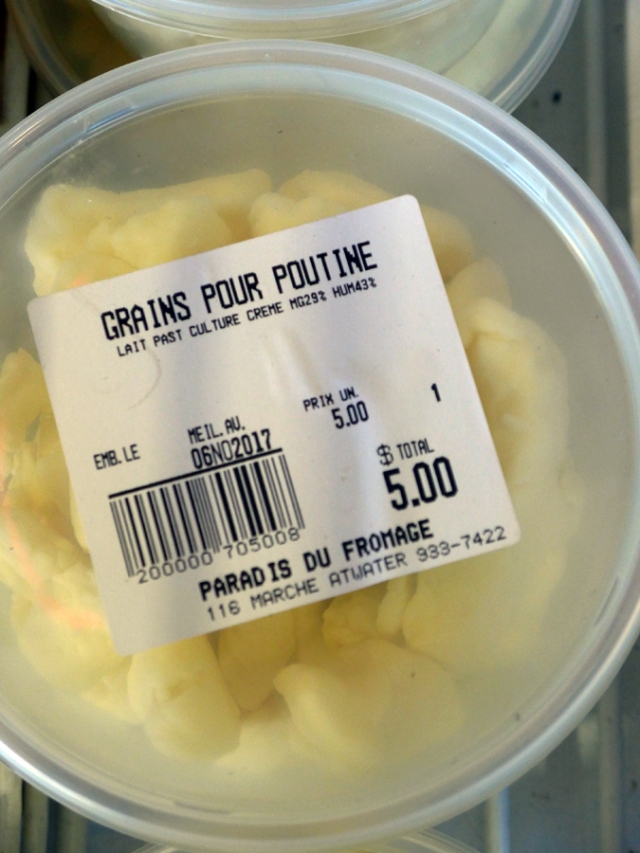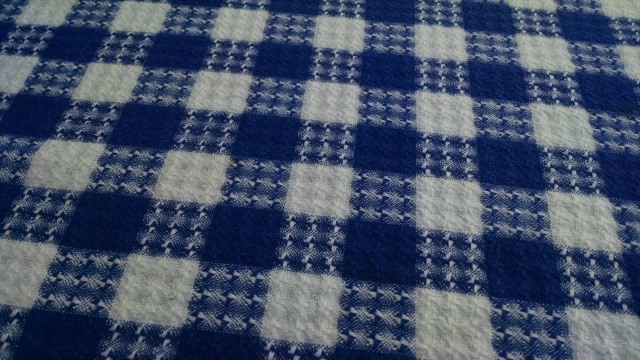By Caitlin Kelly

Sidewalk closed, use other sidewalk…
Habits are powerful. We persist with many of them because we tend to give undue emphasis to the present. Trying something new can be painful: I might not like what I get and must forgo something I already enjoy. That cost is immediate, while any benefits — even if they are large — will be enjoyed in a future that feels abstract and distant. Yes, I want to know what else my favorite restaurant does well, but today I just want my favorite dish.
Overconfidence also holds us back. I am unduly certain in my guesses of what the alternatives will be like, even though I haven’t tried them.
Finally, many so-called choices are not really choices at all.
I finally hit bottom on two issues this week, and finally acted to try and deal with them, instead of just stewing and whining.
I live in a town north of New York City, whose main street is increasingly jammed with traffic, including 18-wheel trucks. Pedestrians have been struck and injured while in the crosswalks, which is illegal.
It’s getting worse and worse and worse.
The other day, I watched, enraged, as two drivers, in broad daylight, once more drove right through the crosswalk as I was crossing — and saw me looking right at them.
I gave them both the middle finger and went directly to the police station where I filed an official request for how many summons they issued in 2017 for this violation. (My guess? Fewer than a dozen.)
To my delighted surprise, the chief of police called me the next day and we discussed the 60 (!) summons they’d issued and how to potentially reduce the problem. I was so glad I’d done something.
I also called a friend in Canada to ask his advice and help potentially finding me and my husband full-time staff jobs there — because Canadian residents don’t have to pay for healthcare.
That alone would save us $2,000 every month.
I left Canada in 1988 and have no burning desire to re-patriate; we don’t want to sell our New York apartment and can’t rent it under co-op rules, which is a huge deterrent.
We love our town and region and would miss our life here.
I can return to Canada as a citizen, and we have yet to discover whether Jose has the right to live there with me, let alone work.
But we’re now so burdened with health insurance costs that are rising and rising and rising, and despite all our hard work, we feel increasingly frustrated and angry with our financial struggle.
We’re both full-time freelancers, living in a one bedroom apartment.
There’s no fat to cut.
Even if we choose to stay in New York, and we might, (and might have to), I already feel better for:
1) admitting these issues are driving me to my wits’ end rather than just bottling it up, as usual;
2) asking for help, which I’m always reluctant to do;
3) talking frankly with my husband about how badly this stress is affecting us individually and our marriage.
I was inspired by a New York Times column with the wise words:
Fury isn’t strategy
For me, 2018 is going to be a year of strategy and action.
How about you?
































